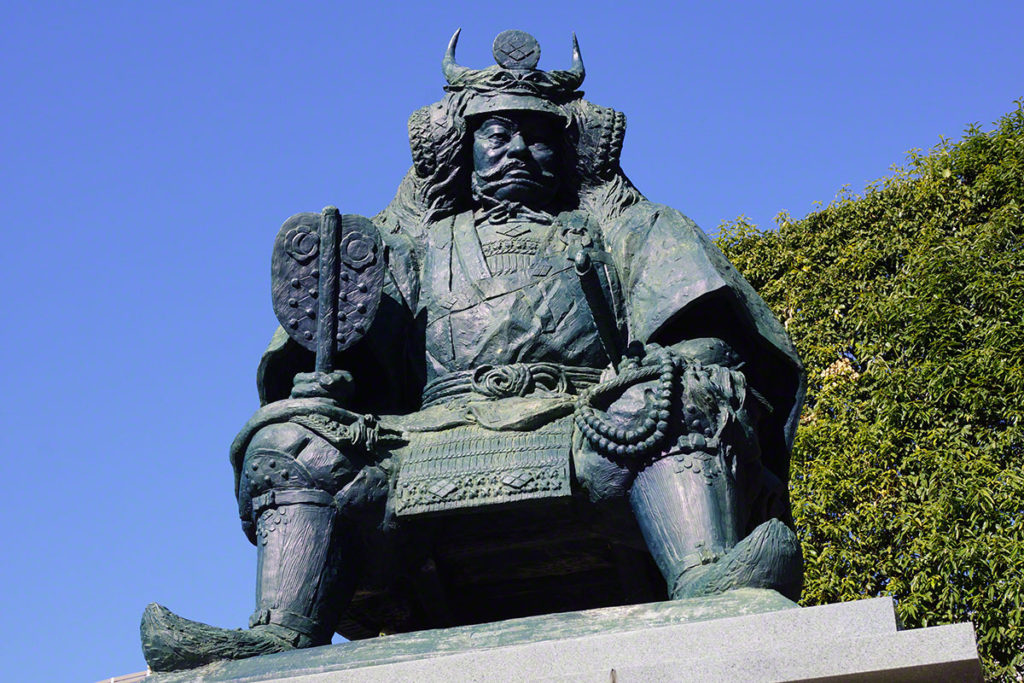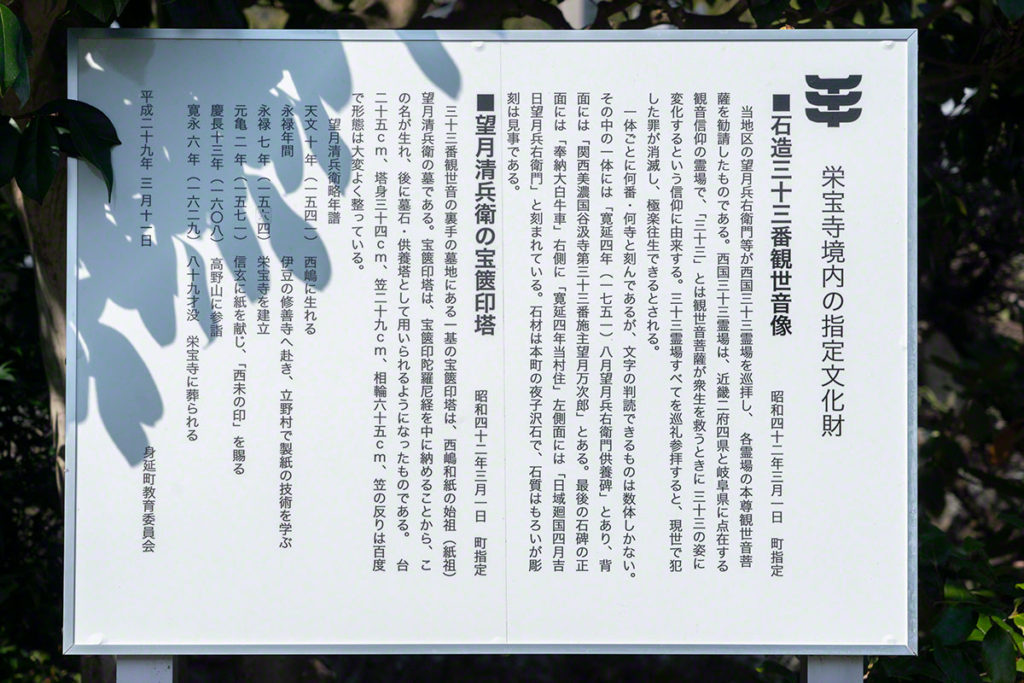History of Nishijima Washi

According to legend, Nishijima Washi learned that during the Warring States period, Kiyohei Mochizuki learned how to make Shuzenji paper using mitsumata at Nomura (now Izu City) in Izukunikatagata-gun and brought it back to Nishijima. Is.
In the year 1571, Motokame (1571) gave the first Japanese paper made in Nishijima to Shingen Takeda, the lord of the country. Shingen was very pleased and recognized him as a “lucky paper.” In connection with this, he made a red seal of “Nishimi”, carved the crest of Takeda Warishi, and gave it to Seibei, and made paper in and around Nishijima, and he was appointed a paper officer.


Until the Tokugawa era, papermaking was actively conducted in the southern part of the gorge, mainly Nishijima, but after the Meiji era, it gradually decreased in various parts of the gorgeous southern area.
After the Second World War, Nishijima developed a method for producing Gesen paper, and introduced a variety of new materials, including waste paper (-made from three poles, etc.) and rice straw. We have been producing high quality Japanese paper with a focus on “calligraphy hanji” and “gesenshi”. In addition, we are working to improve the efficiency of papermaking work by developing a simple handmade Seiko device. In this way, with a long tradition of more than 400 years and efforts to improve various technologies and materials, Nishijima Washi has become particularly prominent in “color development of ink color”, “smearing condition”, “brush texture”, etc. It is prized and favored by calligraphy artists and calligraphy lovers.
In recent years, he has revived Japanese paper using the three poles of Kiyohei Mochizuki, and has been developing new technologies such as diplomas, lighting, wallpaper, interiors such as wallpaper, and stationery paper. We are aggressively exploring possibilities and exploring possibilities.
We also focus on cultural education activities that use Japanese paper by holding “Pharmaceutical Calligraphy Exhibition” and “Nishijima Washi Picture Letter Exhibition,” which include works from overseas as well as Japan.
